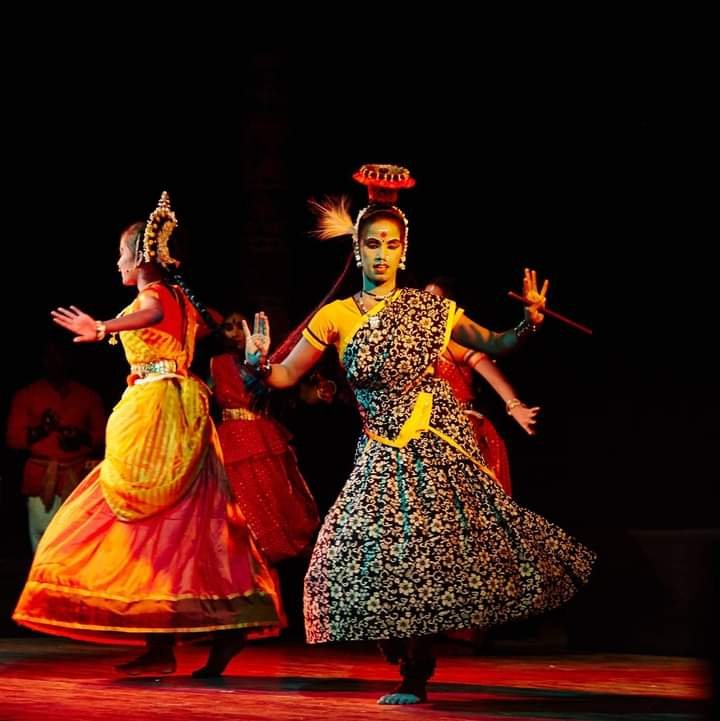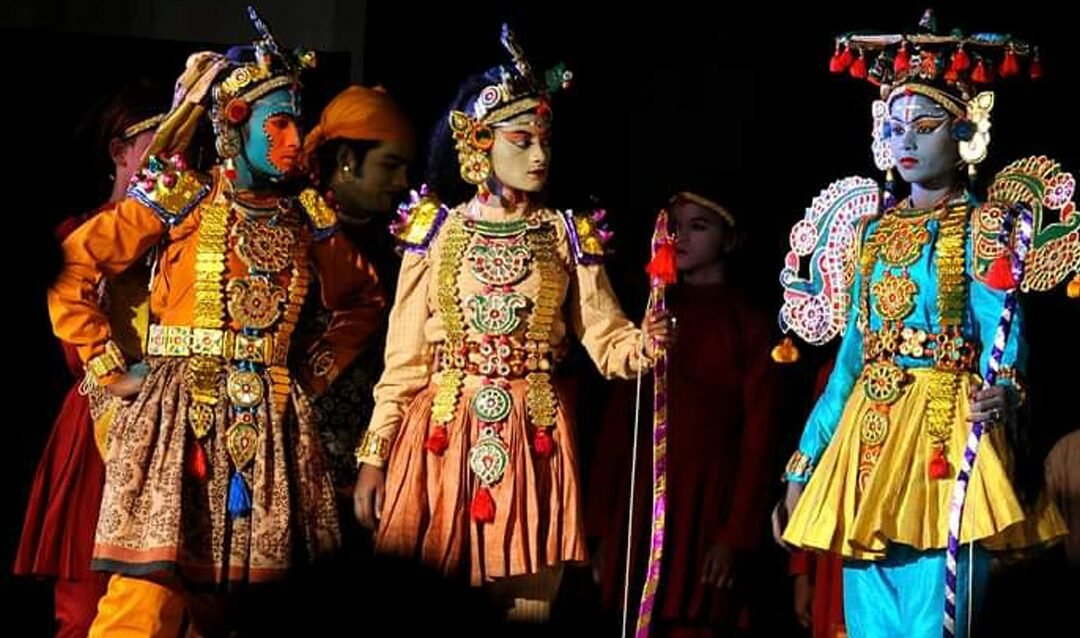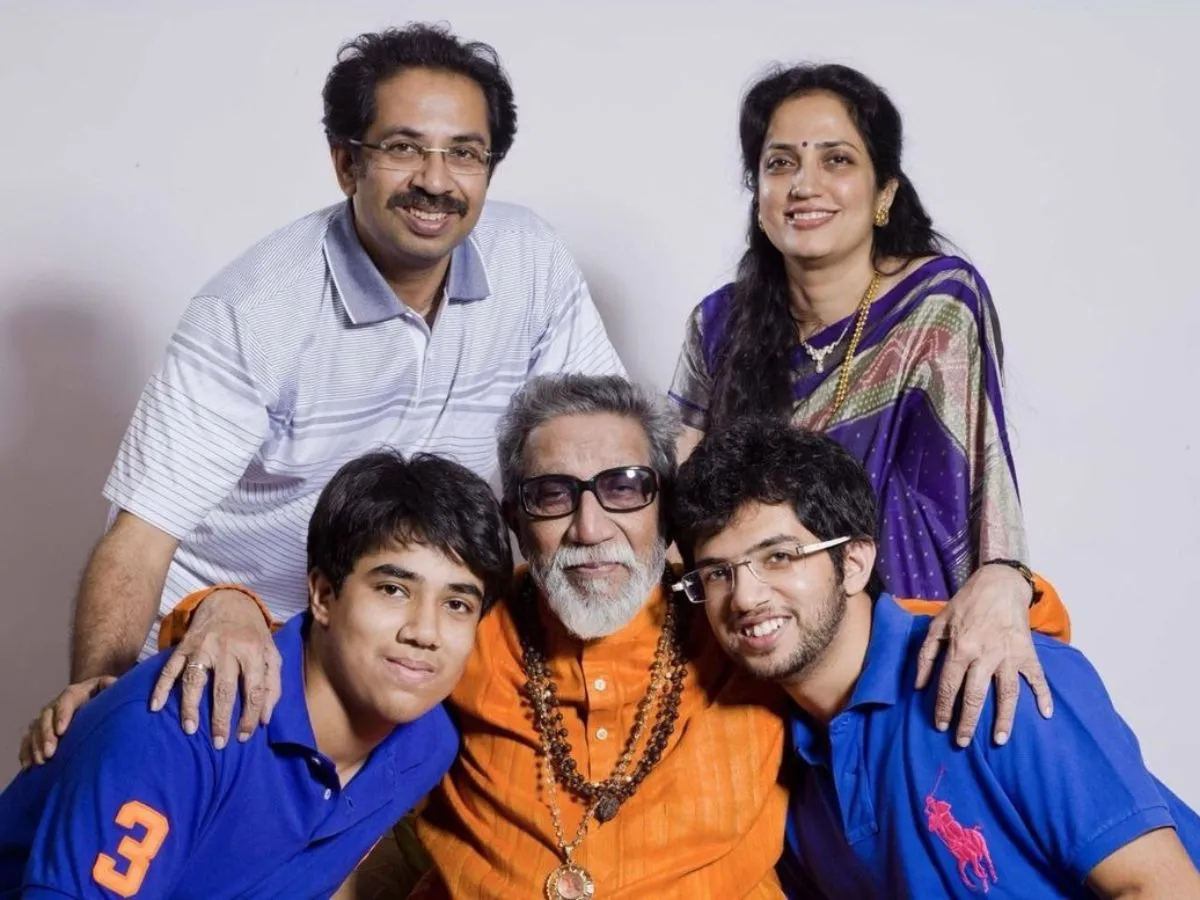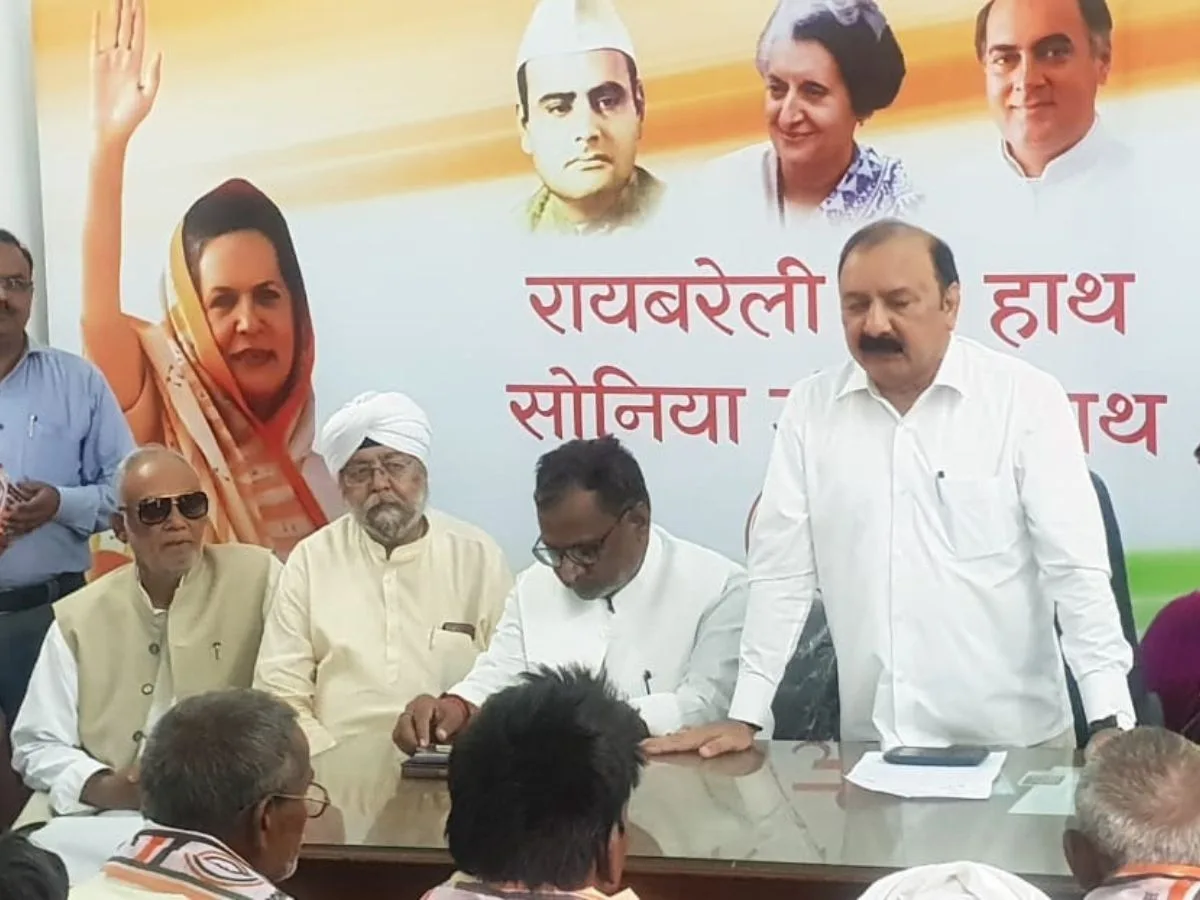Read in : தமிழ்
Therukoothu is alive and kicking — at least in some places during the Tamil months of Aani and Aadi. Therukoothu themes are often the smaller stories of the Mahabharatha, the nuggets that are spicy and carry a message. Therukoothu is typically performed through the night during village festivals, especially in northern Tamil Nadu such as Kancheepuram, Chengelpet, Tiruvallur, Vellore, Ranipet, Tiruvannamalai and so on. In the darkness of the village night, the Therukoothu performance is a sight to behold, a vision that stays in memory.
This ancient folk art form of Tamil Nadu comes alive in the months of July and August. The Therukoothu in its present form has been in vogue for the past 300 years, according to research. It forms a key event in the calendar of events and poojas at Draupadi Amman temples spread across Tamil Nadu. In all the temple festivals that have a detailed and elaborate programme schedule, Therukoothu finds a very prominent slot and has been a permanent feature.
Therukoothu is akin to a dance drama and comes very much under the Mahabharatha. There are some 50 stories like Arjuna’s penance, Duryodhana’s last battle, Kuravanchi, Karna motcham and so on.
The sub-stories and sub-plots of Mahabharatha are rich with potential for stage performances. The performer has to master dancing, singing and dialogue delivery before he can step on to the Therukoothu arena. For example, the person donning the role of Arjuna has to live a very strict austere life for at least 15 days. Like Arjuna, he has to climb the Tapasu Maram for doing tapas — method acting, indeed!
Therukoothu is akin to a dance drama and comes very much under the Mahabharatha. There are some 50 stories like Arjuna’s penance, Duryodhana’s last battle, Kuravanchi, Karna motcham and so on
Arjuna’s penance is often a compulsory act in the Therukoothu. Some 25 performers are there in the Therukoothu programme in which instruments like mukaveena, harmonium, drums, cymbals are used. The words in songs and comedy dialogues are in the local dialect. The participating artists in these therukoothu have to adorn ornaments all over the body and fasten them tightly so they stay in place throughout the programme.
Also Read:
The secret of Soora Samharam: Meaning of the colours and symbols
Mahabalipuram’s shores come alive with music at the Irulars’ full moon festival
The ornaments have to be exactly in their intended places, prominently displayed and used appropriately. Only people endowed with exceptional patience, enthusiasm and dedication excel in Therukoothu.
Without proper income and societal recognition, this folk art form is suffering a slow death. Present day youth’s interest and participation is waning. An artform that features in all life events is on the verge of extinction. Those artistes whose livelihood was centered around this Tamil Nadu folk form are migrating to states like Karnataka, Andhra and Kerala to lead the life of labourers. The enrollment of new artistes is not up to the required mark. Even in the government sponsored cultural festivals, there are instances of this folk form not finding a place.
The artists are living in the hope that the government would extend them a helping hand by way of encouragement. An extension of Therukoothu art form is the Kattaikoothu which can be performed only by those who undergo rigorous practice. Often only males perform this and female characters are played by men. Thanks to the untiring efforts of Kancheepuram Rajagopal, women are also performing Kattaikoothu now. Thilagavathy is one of the students who underwent training under the Kattaikoothu Training School run by Rajagopal. She hails from the village Mulluvadi in Ranipet district and has attained recognition as the first female Kattaikoothu artist.

Recently trained girls performing the kattaikoothu
Having established her own individual Kattaikoothu troupe and managing it well, Thilagavathy tells her story:
Without proper income and societal recognition, this folk art form is suffering a slow death. Present day youth’s interest and participation is waning. An artform that features in all life events is on the verge of extinction
“My father was a Therukoothu artist. Our family members would stage a puranic koothu called Thennattu Naariyur Koothu which used to be performed all night. My father’s brother Munuswamy used to tie the Kattai as an extension of his feet and perform. I learned Kattaikoothu for sometime from him. I had my Arangetram. Two other girls would perform with me. I could grasp things quickly and remember them. However long the stories were, I would learn them quickly and retain them. ‘The girls who danced along with me discontinued after attaining puberty. Even my parents were not that keen in my continuing this.
In Mahabharata, Krishna’s role as a mediator called pagadaithoothu is a very lengthy koothu segment. I have participated and performed in that. Then I enrolled in Kancheepuram Kattaikoothu school run by Rajagopal. In Kancheepuram, they gave us regular school education along with Kattaikoothu. I had regular food which helped me learn Kattaikoothu without any worry. Now, I have established my own troupe and am staging commercial dance programmes.”
Read in : தமிழ்











